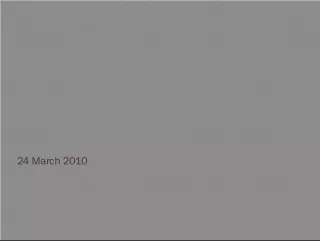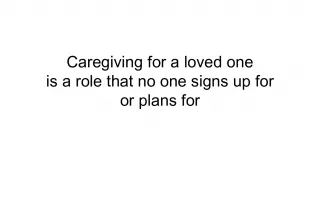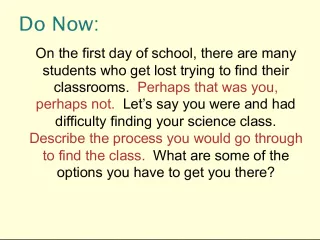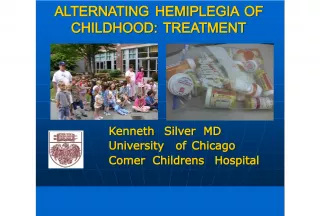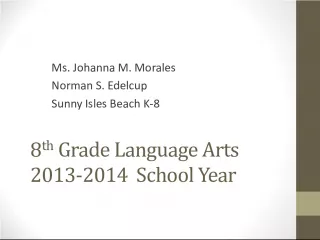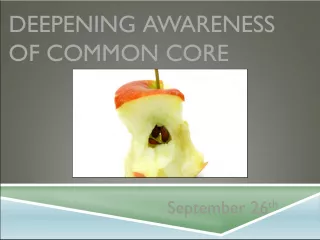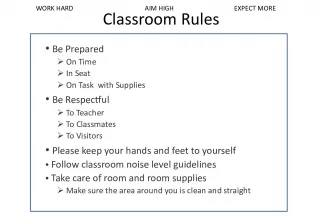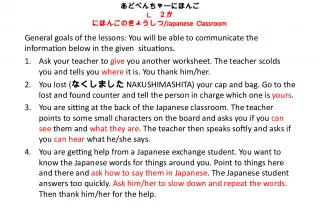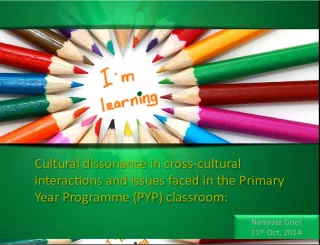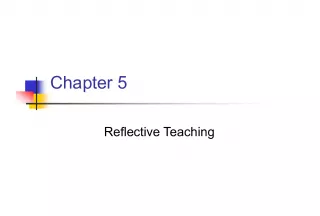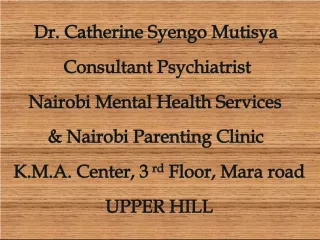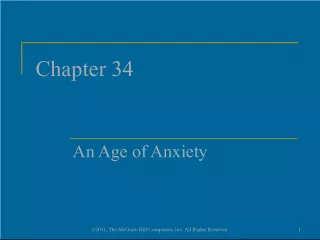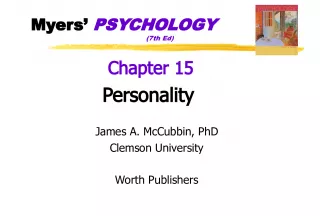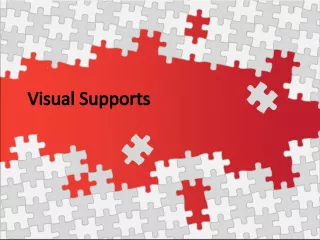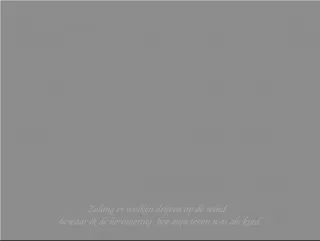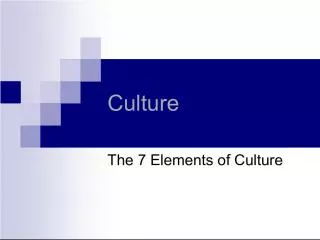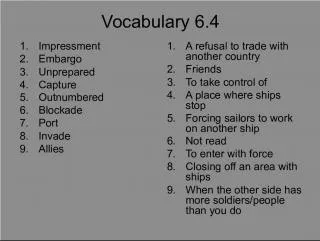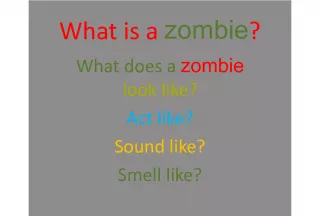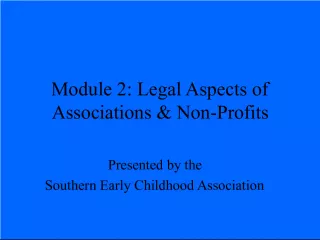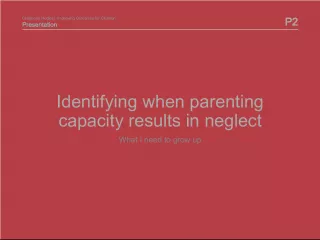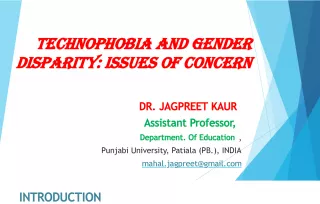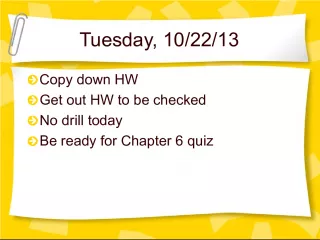Coping with Childhood Anxiety in the Classroom
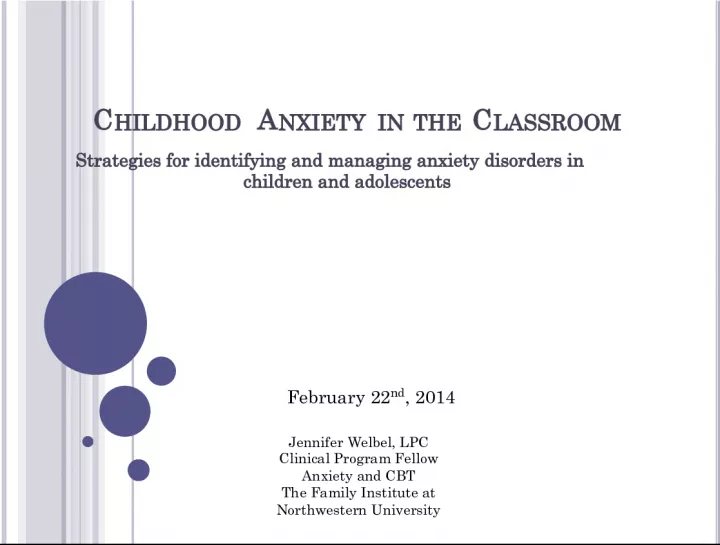

Learn useful strategies for identifying and managing anxiety disorders in children and adolescents with author Jenn. Help your child navigate school and life with confidence.
- Uploaded on | 1 Views
-
 lumitoro
lumitoro
About Coping with Childhood Anxiety in the Classroom
PowerPoint presentation about 'Coping with Childhood Anxiety in the Classroom'. This presentation describes the topic on Learn useful strategies for identifying and managing anxiety disorders in children and adolescents with author Jenn. Help your child navigate school and life with confidence.. The key topics included in this slideshow are . Download this presentation absolutely free.
Presentation Transcript
Slide1CHILDHOOD A NXIETY IN THE C LASSROOM Strategies for identifying and managing anxiety disorders in children and adolescents Jennifer Welbel, LPC Clinical Program Fellow Anxiety and CBT The Family Institute at Northwestern University February 22 nd , 2014
Slide2OVERVIEW Prevalence of anxiety disorders in children and adolescents Who is the anxious child Developmental factors to consider Overview of common childhood anxiety disorders The impact of anxiety in the classroom How to talk to parents about it Classroom support strategies
Slide3DEVELOPMENTALLY APPROPRIATE A NXIETY What is anxiety? Normal response to perceived danger, like a warning signal. Experienced as a general feeling of discomfort, distress, or a sense of danger Normal part of childhood development – as many as 70% of children worry about a number of things Typically occurs when children confront novel experiences and situations that they have not yet mastered
Slide4NORMAL D EVELOPMENTAL F EARS • Stranger anxiety • Loud noises • Unexpected objects or people Infancy (birth-8 months) • Separation anxiety • Fears of thunder, lightening, fire, water, darkness, and nightmares Toddlerhood (1 – 3) • Separation anxiety • Fear of death or dead people • Fears of ghosts, spiders, the dark, storms, monsters) Early Childhood (4-5) • Fear of natural disasters • Fears of serious illness • Fear of specific objects Elementary School (5-7) • Performance fears • Peer rejection and exclusion • Concerns about academic performance Middle and High School (12-18)
Slide5PREVALENCE OF A NXIETY D ISORDERS IN C HILDREN & A DOLESCENTS 20% have an anxiety disorder by the time they turn 18 75% have onset before 21 Average age of onset: 11
Slide6PREVALENCE OF A NXIETY D ISORDERS IN C HILDREN & A DOLESCENTS Insert graph with prevalance of chidlhood anxiety disorders
Slide7THE IMPACT OF ANXIETY IN THE CLASSROOM Social Social isolation Fewer friends May be the target of peer ridicule Less friends Academic Performance Decrease in classroom participation May result in school refusal and/or school absences Difficulty concentrating May avoid writing on the board or asking questions in class Lower grades
Slide8WHO IS THE ANXIOUS CHILD ? Transitory anxiety becomes problematic anxiety when… It is excessive and out of proportion to the situation It begins to interfere in the child’s social, family, and academic functioning
Slide9WHO IS THE ANXIOUS CHILD ? Thoughts Feelings Behaviors Physical Symptoms
Slide10WHO IS THE ANXIOUS CHILD ? Thoughts • Overestimate danger • Underestimate ability to cope • Misinterpretation of cues • Future-oriented
Slide11WHO IS THE ANXIOUS CHILD ? Feelings • Fear • Anger • Anxiety • Irritability
Slide12WHO IS THE ANXIOUS CHILD ? Behaviors • Avoidance • Reassurance seeking • Need for control • Decrease in risk taking
Slide13WHO IS THE ANXIOUS CHILD ? Physical Symptoms • Stomachache • Headache • Muscle tension • Loss of sleep • Perspiration • Dizziness
Slide14COMMON CHILDHOOD ANXIETY DISORDERS Social Anxiety Disorder Excessive fear of one or more social or performance situations, in which the child fears being judged or embarrassed
Slide15COMMON CHILDHOOD ANXIETY DISORDERS Unrealistic and excessive anxiety upon separation from major attachment figures Excessive worry about potential harm to oneself and/or major attachment figures Common worries: Getting kidnapped, death, becoming ill Separation Anxiety Disorder
Slide16COMMON CHILDHOOD ANXIETY DISORDERS Selective Mutism
Slide17COMMON CHILDHOOD ANXIETY DISORDERS Excessive, unrealistic, and uncontrollable worries about day to day activities “What if” concerns that span far into the future Child needs to know the details about every situation Believes that worry prevents bad things from happening Generalized Anxiety Disorder
Slide18COMMON CHILDHOOD ANXIETY DISORDERS Obsessive Compulsive Disorder Common Obsessions • Contamination or germs • Symmetry or order • Good, bad, and magical numbers • “Just right” feeling • Fear that harm, illness, or death will befall oneself or others Common Compulsions • Repeatedly washing • Avoiding touching “dirty” objects • Counting behavior • Rearranging items to be in a certain order • Erasing words and rewriting • Checking behavior
